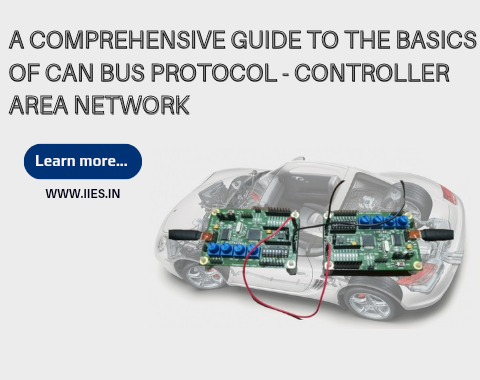Networking and communication play a crucial role in today’s interconnected world. One key protocol used in these embedded systems is the Controller Area Network (CAN).
To gain a comprehensive understanding of the CAN bus protocol, this guide will also explore the bit fields used in standard CAN and extended CAN frames, discussing their purpose and significance. Additionally, we will delve into the features and selection criteria for CAN transceivers, as well as explore common errors that can occur in a CAN bus network and the various error-handling mechanisms provided by the CAN protocol.
By grasping the fundamentals and intricacies of the CAN bus protocol through this comprehensive guide, you will be equipped with the knowledge and understanding to work confidently in the realm of networking and communication systems, contributing to the advancement of this vital field.

